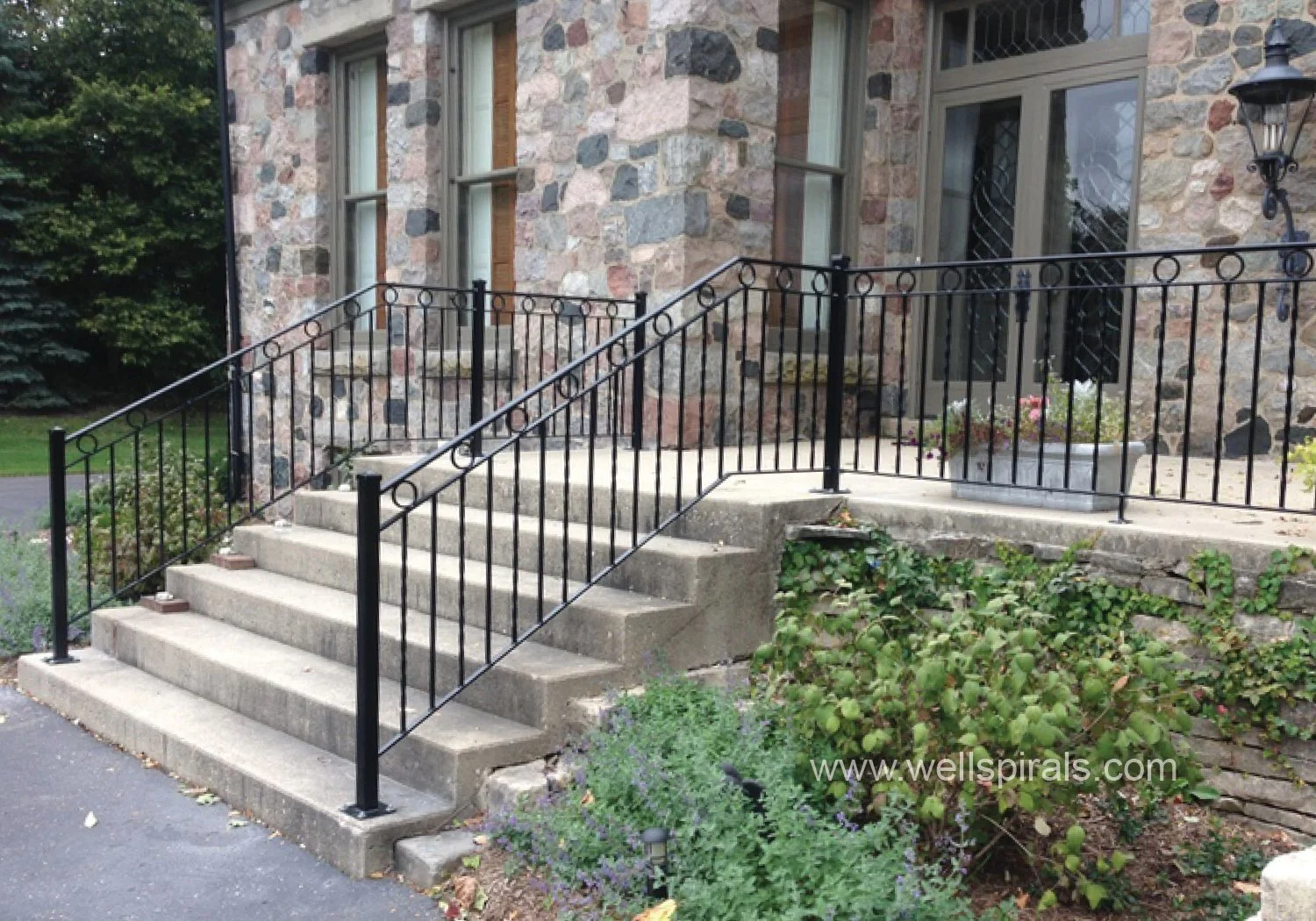Preventing falls in your golden years: What seniors need to know
Almost 90 percent of senior homeowners prefer to age-in-place — meaning they want to live out their golden years in their home, instead of a retirement community or independent living center. If you’re an older adult who intends to stay at home for as long as possible, it’s important to look for ways to prioritize safety in your home. Here are a few tips on ways to prevent falls along with lifestyle changes you can make to help you age in-place safe and sound.
Home Modifications for Safety
More than 60 percent of senior falls occur in the home. This can be particularly frightening for those who live alone. That’s why it’s important to take extra measures to reduce the risk of falls. Some modifications to consider include:
● Installing handrails near areas where water might collect, like sinks, showers and washing machines. Non-slip flooring can also significantly reduce the danger of falling in these areas.
● Installing direct overhead lighting that is at least 800 lumens. As we age, our risk for certain eye disorders, like cataracts and glaucoma, increases, so consider installing lights that supports safe movement from room to room along with additional task lighting for activities such as reading, paying bills and taking medicine.
● Build a ramp over or next to the steps leading to the front and back doors, especially if you live in a climate that gets rain, ice or snow. Consider installing a stair lift to provide safe access to second-story rooms — you can even move those rooms downstairs.
Improve Balance With Exercise
Balance is all about muscle memory, so the more you exercise the muscles that govern balance, the safer you’ll be navigating your home. There are many ways seniors can stay fit and improve balance, such as practicing yoga by following online videos or going for a bike ride with a friend or family member. Other ways to use exercise to improve balance include:
● Signing up for Silver Sneakers if you’re a Medicare Advantage member. This additional coverage gives seniors access to more than 13,000 gyms and fitness facilities across the country. If you aren’t currently enrolled in a Medicare Advantage plan, do your research now and — if it’s right for you — make the switch during your next open enrollment window.
● Taking a spin or TRX class. Biking is an excellent way to improve balance. You work on core strengthening while also boosting cardio. This means you are not only improving your balance, but also your cardiovascular health. TRX uses your body weight as resistance by performing strength training exercises on suspension bands anchored to the ceiling or a wall.
● Doing exercises on one leg. Simple exercises like bicep curls, can be transformed into balance exercises by doing them standing on one leg. There are also a slew of exercises you can do at home that will improve your balance, from yoga to back leg raises to wall pushups.
Stimulate the Mind
More than 5 million people over the age of 65 have been diagnosed with dementia, and that number is set to rise by 14 percent by 2025. What impact does that have on safety in your home? Dementia and Alzheimer’s impair cognitive functioning. That means people with that diagnosis might forget where the bathroom is or how to use a toilet. You can easily become confused and even scared, which can lead to poor decision-making. To help ward off dementia and stimulate your mind, give your brain a workout by playing brain games like word games, logic puzzles and bingo, all of which provide ways to improve memory, cognition and processing.
Every 11 seconds a senior is treated in the emergency department for an injury due to a fall — and they most often occur in the home. That statistic may sound scary, but the good news is by making your home safer and your balance stronger, you can reduce the chance that it happens to you.
For a quote on custom handrails in your home, call Wells Spiral Stairs at 262-279-5977.

